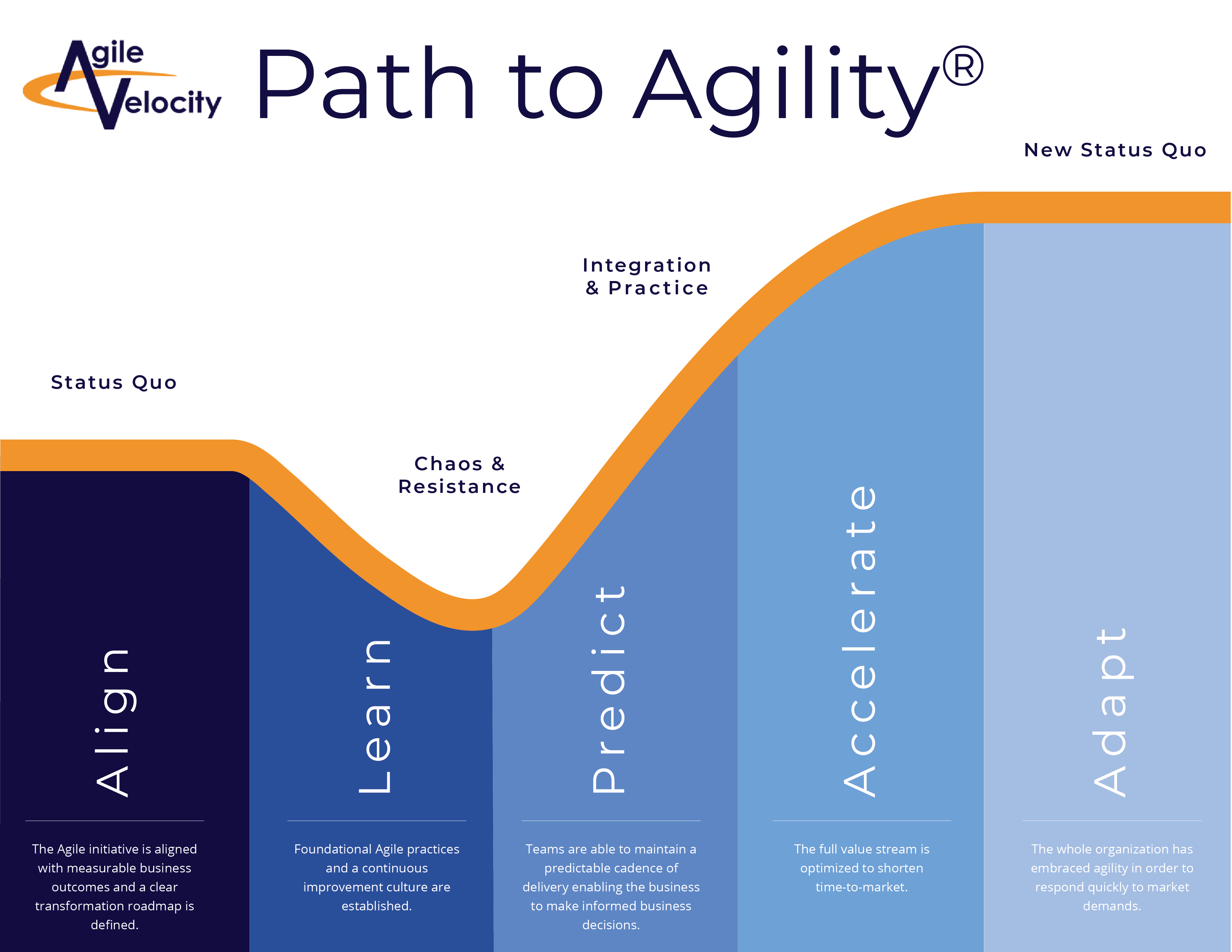

And both its birth and growth are rooted in Colorado. Just as microscopes paved the way for antibiotics and modern medicine, better control of the quantum world could revolutionize everything from timekeeping and medical imaging to space travel and next-generation electronic and energy devices. Particles tunnel through solid matter and hop out the other side, while atoms tick like tiny pendulums quadrillions of times per second. In this microscopic world, electrons can exist in several places at the same time. Murnane, Kapteyn and Ye are among a growing number of Colorado researchers dedicating their careers to the exploration of quantum physics, the study of the universe at its smallest scales. This gives rise to the old joke: When a speeder is caught by a police officer, they reply to the question of “do you know how fast you were going?” with “it is unknowable, but I know precisely where I am.”Ĭheck out PhET Interactive Simulations to learn more about quantum physics. Both properties of the system cannot be precisely known or measured at the same time. The more precisely one quantity is known (say, position), the greater the uncertainty of the other other quantity (momentum). Setting the fundamental limits of a system that can be known, as determined by specific pairs of quantities, such as position and momentum, or energy and time. National Institute of Standards and Technology (NIST). “To borrow a phrase, we’re going where no one has gone before,” said quantum physicist Ye, a fellow at JILA, a joint research institute between CU Boulder and the U.S. Others, like Jun Ye, are using lasers to cool clouds of atoms to just a millionth of a degree above absolute zero with the goal of collecting better measurements of natural phenomena. Some researchers, like physicists Margaret Murnane and Henry Kapteyn, are exploring this world of even tinier things with microscopes that are many times more precise than the Dutch scientist’s. They’re diving into a previously-hidden realm-far wilder than anything van Leeuwenhoek, known as the “father of microbiology,” could have imagined. More than 400 years later, scientists are in the midst of an equally-important revolution. In the 17th century, a Dutch merchant named Antony van Leeuwenhoek began experimenting with making new microscope lenses and, in the process, plunged humanity into a new world-this one teeming with previously-undiscovered life, from small bacteria to single-celled algae and more. Joe Neguse a tour of his lab at JILA on the CU Boulder campus.


Please read the Antiracism Implementation Plan and the Antiracism Timeline and Metrics, and let's get started.Banner image: Physicist Jun Ye gives U.S. Let's work together, extending forgiveness when missteps are made, and supporting one another as we become a more inclusive place where all members thrive, and our students are prepared to transform the world. They include students, faculty, staff, members of our Board of Trustees, Cabinet, the Faculty Executive Committee, the Diversity and Equity Advisory Board, the Colorado College Student Government Association, and Staff Council. I am grateful to the many dedicated members of our community who thoughtfully shared their input to make this plan better. Our plan will evolve as we do - as we add expertise, welcome new community members, and implement new initiatives. It is not set in stone it is a living document. Today, we launch our Antiracism Implementation Plan, which, over the past several months, was honed by many in our community. We've chosen to hold ourselves accountable, to open our eyes, and to work proactively toward becoming an antiracist institution. For nearly two years, we have been examining, thinking, discussing, sharing, and collaborating to understand what would most meaningfully transform Colorado College as we oppose racism and reach for greater diversity, equity, and inclusion.


 0 kommentar(er)
0 kommentar(er)
